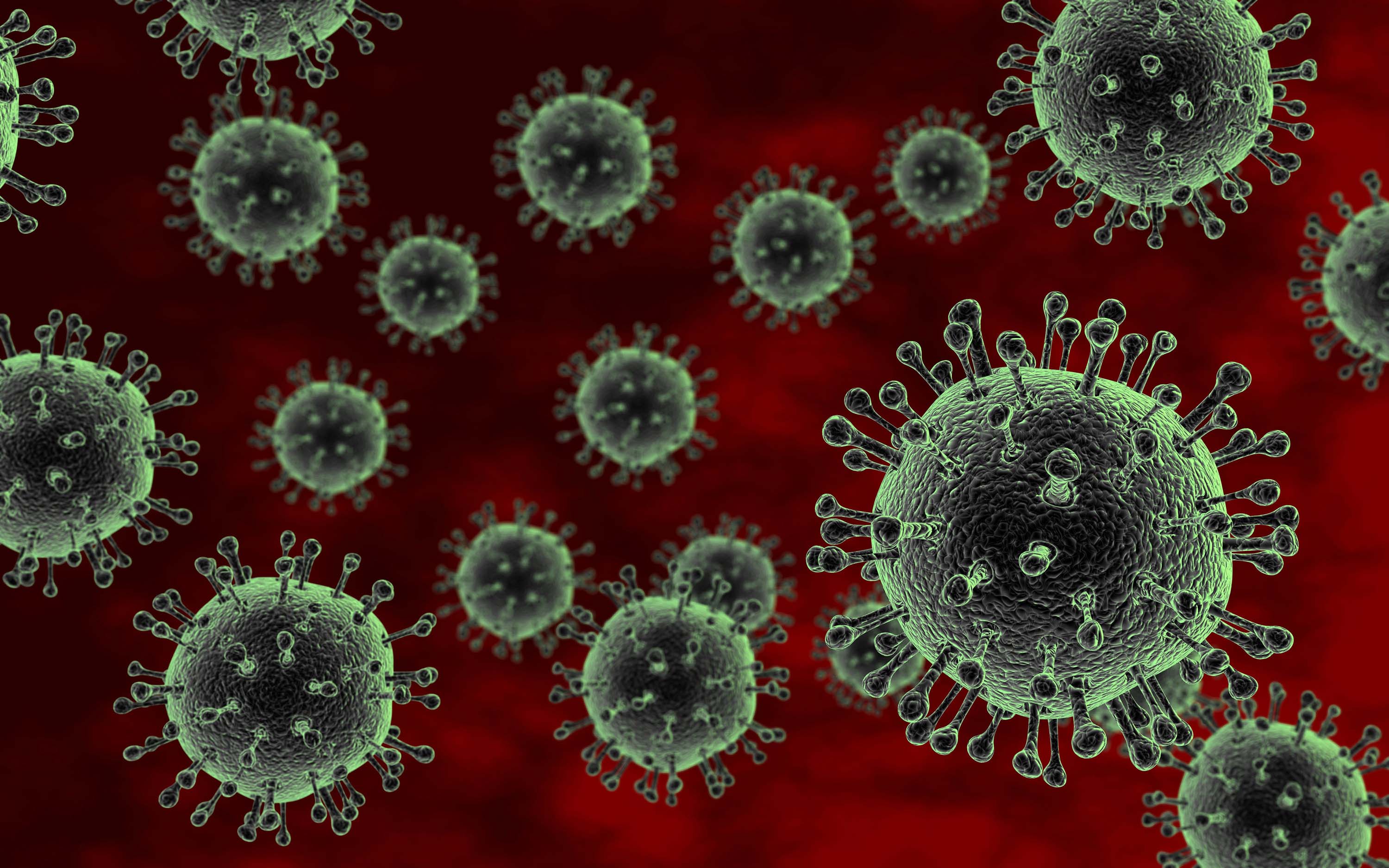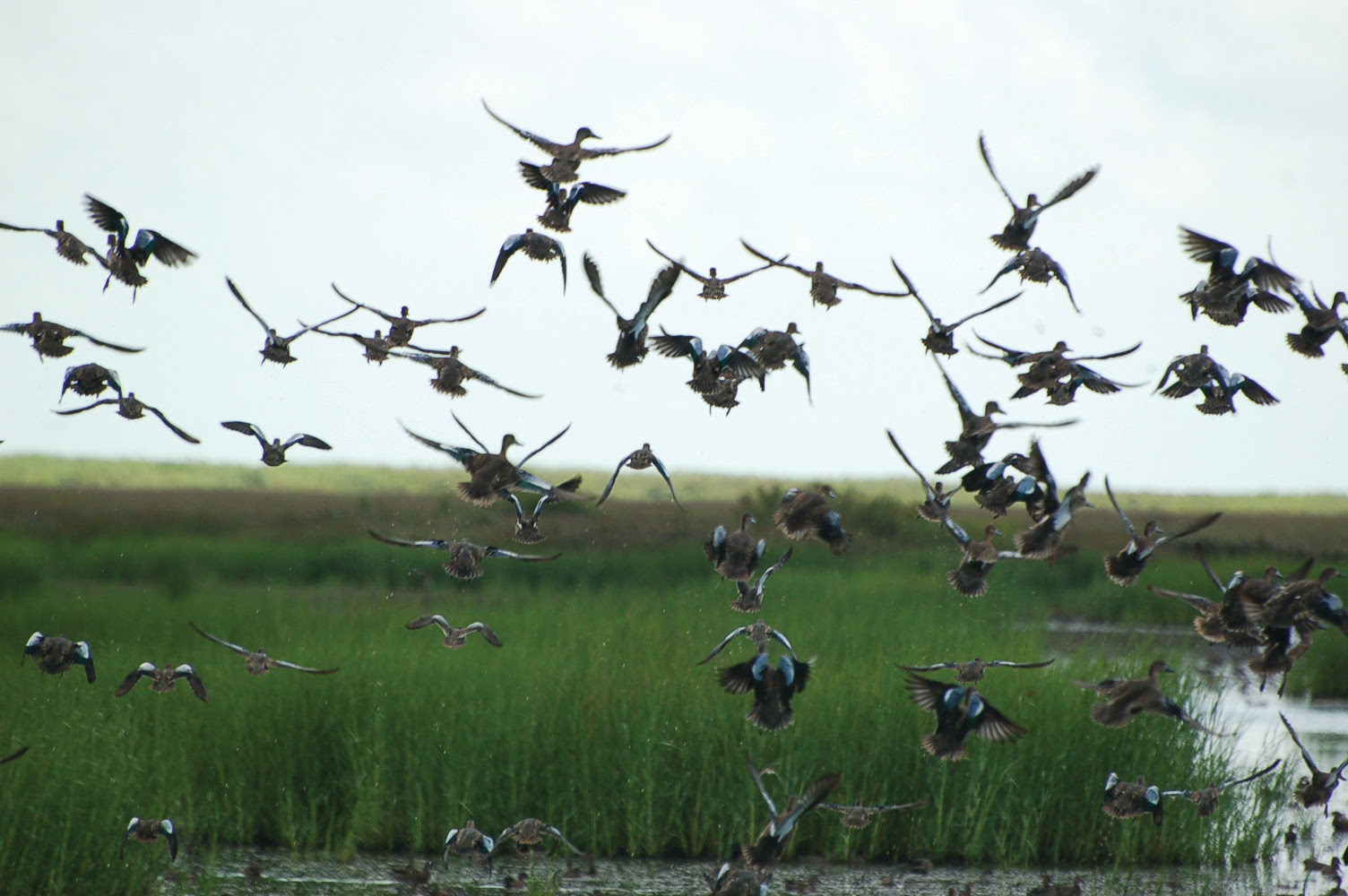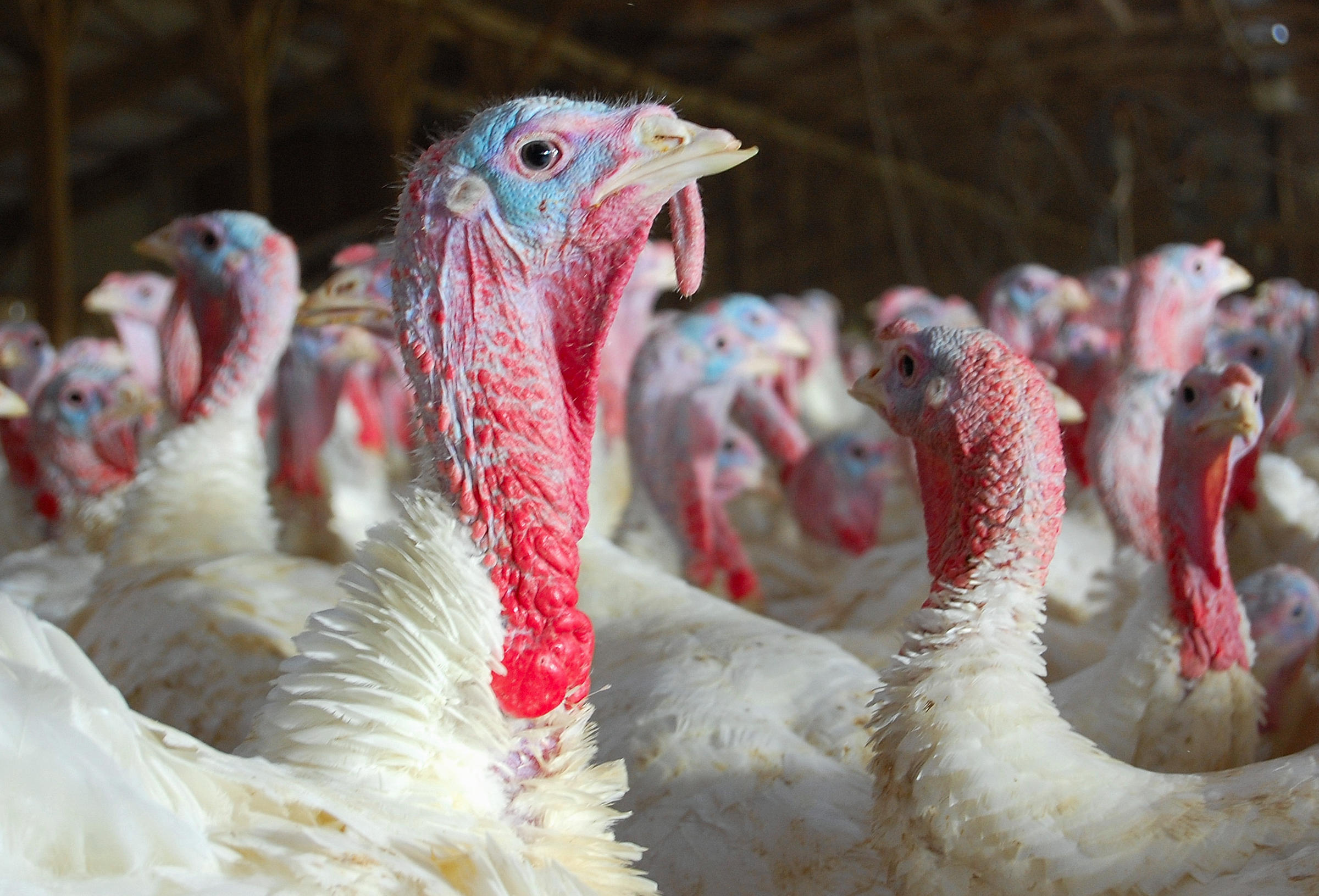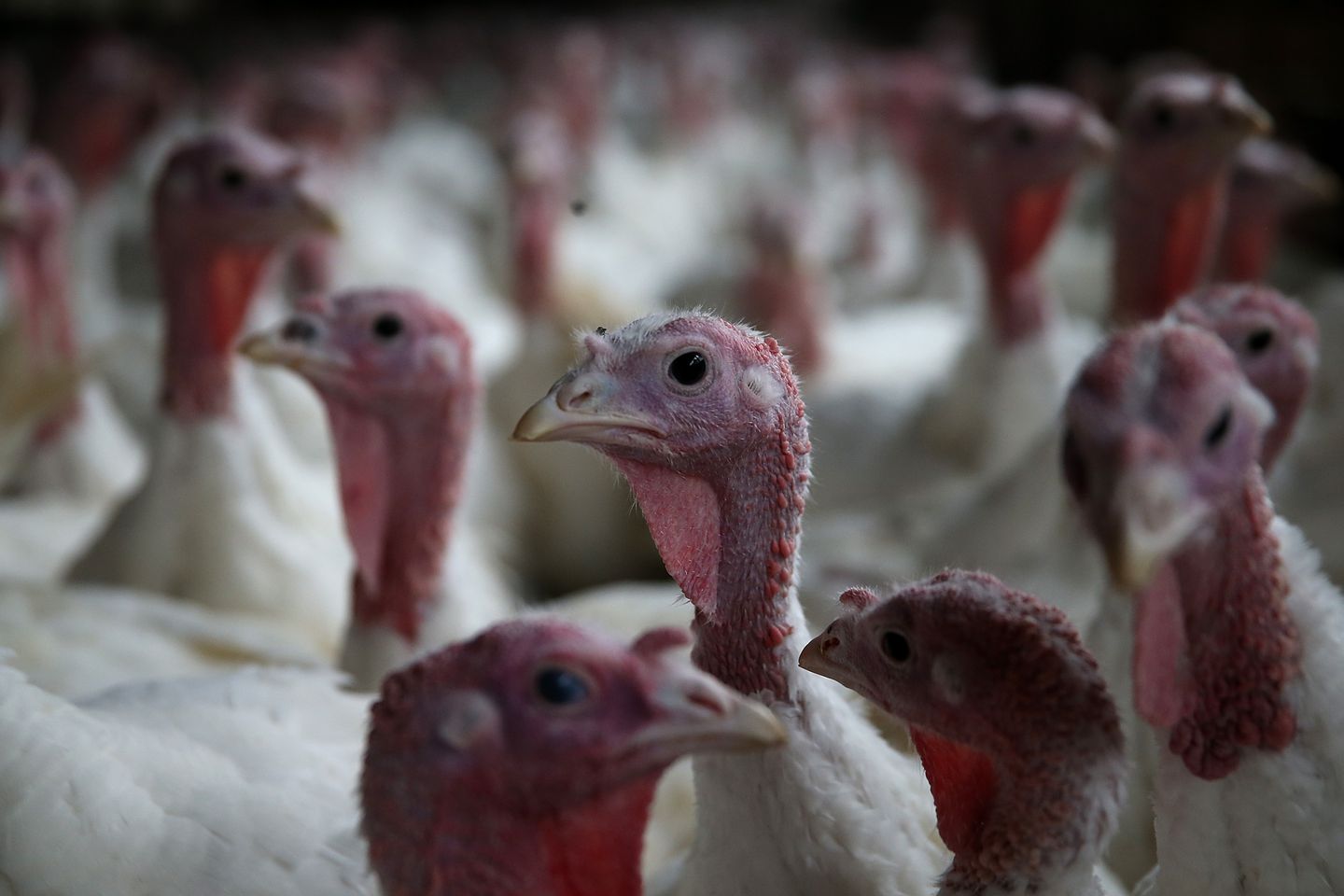H5N2 avian influenza, a highly contagious viral infection, has emerged as a significant threat to both the poultry industry and human health. This article delves into the nature, impact, and global implications of this virus, providing a comprehensive overview for readers seeking to understand its complexities.
The H5N2 avian influenza virus, characterized by its genetic makeup and structure, exhibits a wide host range and transmission mechanisms, making it a formidable challenge to control and prevent.
H5N2 Avian Influenza Overview
H5N2 avian influenza is a highly pathogenic avian influenza virus that primarily affects birds. It belongs to the Orthomyxoviridae family and is characterized by its segmented, negative-sense RNA genome. The virus has a complex genetic structure, with eight RNA segments encoding various viral proteins.
Transmission Mechanisms and Host Range, H5N2 avian influenza
H5N2 avian influenza is primarily transmitted through direct contact with infected birds or their bodily fluids. It can also be transmitted indirectly through contaminated surfaces, equipment, or clothing. The virus has a wide host range, infecting a variety of bird species, including domestic poultry, wild birds, and waterfowl.
Impact on Poultry Industry
The highly pathogenic H5N2 avian influenza virus has had a significant economic impact on the poultry industry. Outbreaks have resulted in the loss of millions of birds, leading to a decrease in poultry production and an increase in prices for poultry products.
To control and prevent the spread of the virus, governments have implemented various measures, including quarantine and movement restrictions, surveillance and monitoring programs, and enhanced biosecurity measures. Vaccination programs have also been implemented to mitigate the impact of the virus, with varying levels of effectiveness.
Vaccination Programs
Vaccination programs have been implemented in many countries to reduce the impact of H5N2 outbreaks on the poultry industry. While vaccination can help to reduce the severity of symptoms and mortality rates, its effectiveness depends on various factors, including the strain of the virus, the timing of vaccination, and the immune status of the birds.
In some cases, vaccination programs have been effective in reducing the spread of the virus and protecting poultry flocks. However, in other cases, the virus has mutated, rendering the vaccine less effective. Additionally, vaccination can be expensive and time-consuming, and it may not be feasible for all poultry producers.
Despite these challenges, vaccination remains an important tool in the fight against H5N2 avian influenza. By working together, governments, poultry producers, and researchers can continue to improve vaccination programs and reduce the impact of this devastating virus on the poultry industry.
Human Health Implications

H5N2 avian influenza poses potential risks to human health, although human infections are rare. The virus can transmit to humans through direct contact with infected poultry or their secretions.
Human infections with H5N2 can range from mild to severe. Mild cases may present with symptoms similar to seasonal influenza, including fever, cough, sore throat, and muscle aches. Severe cases can develop into pneumonia, respiratory distress syndrome, and even death.
Clinical Manifestations and Symptoms
- Fever
- Cough
- Sore throat
- Muscle aches
- Pneumonia
- Respiratory distress syndrome
Preventive Measures
To prevent human infection with H5N2, it is crucial to implement preventive measures:
- Avoid contact with infected poultry or their secretions.
- Practice good hygiene, including frequent handwashing and avoiding touching the face.
- Cook poultry thoroughly before consumption.
- Get vaccinated against seasonal influenza, as it can provide some cross-protection against H5N2.
Treatment Options
Treatment for H5N2 infection typically involves antiviral medications, such as oseltamivir (Tamiflu) or zanamivir (Relenza). Early initiation of antiviral therapy can improve outcomes and reduce the risk of complications.
Global Surveillance and Control

The global spread of H5N2 avian influenza has heightened the need for robust surveillance systems to monitor and respond to outbreaks. Effective surveillance is crucial for early detection, tracking the spread of the virus, and implementing timely control measures to prevent further transmission and protect poultry and human health.
International Organizations
International organizations, such as the World Organisation for Animal Health (OIE) and the World Health Organization (WHO), play a vital role in coordinating global surveillance and control efforts for H5N2. These organizations provide technical guidance, facilitate information sharing, and support countries in implementing effective control measures.
They also coordinate international collaborations and provide resources to assist countries in responding to outbreaks.
Challenges and Opportunities
Preventing the spread of H5N2 across borders poses significant challenges. The virus can be transmitted through the movement of infected poultry or poultry products, as well as through migratory birds. To address these challenges, countries must strengthen border controls, implement biosecurity measures, and collaborate on surveillance and response efforts.
Opportunities for enhancing global surveillance and control include:
- Investing in advanced surveillance technologies for early detection and rapid response.
- Strengthening collaboration and information sharing among countries and international organizations.
- Promoting responsible poultry farming practices and biosecurity measures to reduce the risk of infection.
- Conducting research and development to improve vaccines and diagnostic tools.
Research and Development

As the H5N2 avian influenza continues to pose a significant threat to the poultry industry and global public health, research efforts are intensifying to understand the virus, develop effective vaccines and antiviral therapies, and explore innovative strategies for controlling outbreaks.
Vaccine Development
Extensive research is underway to develop safe and effective vaccines against H5N2. Traditional approaches involve inactivated or attenuated viruses, while newer technologies like mRNA and recombinant vaccines are also being explored. These vaccines aim to induce protective immune responses that can prevent or mitigate the severity of infection in both poultry and humans.
Antiviral Therapies
Antiviral drugs are essential for treating H5N2 infections and preventing their spread. Several classes of antiviral medications are currently available, including neuraminidase inhibitors like oseltamivir and zanamivir. Research is ongoing to identify new and more potent antiviral agents that can effectively target H5N2 and reduce its virulence.
Genetic Engineering
Genetic engineering holds promise in developing novel strategies for controlling H5N2 outbreaks. Researchers are exploring the use of gene editing techniques, such as CRISPR-Cas9, to modify the genetic makeup of poultry or the virus itself. This approach could potentially create birds that are resistant to infection or alter the virus’s ability to cause disease.
Public Health Education and Communication

Raising awareness about H5N2 avian influenza is crucial to prevent its spread and protect public health. Effective communication through various channels is essential to disseminate accurate information, promote responsible behavior, and reduce the risk of transmission.
Media and Communication Channels
The media, including traditional and social media platforms, plays a vital role in disseminating information about H5N2 to the public. Clear and accurate messaging can help people understand the risks associated with the virus, recognize symptoms, and take appropriate preventive measures.
Social media platforms can facilitate real-time updates, provide a platform for discussions, and address misinformation.
Promoting Responsible Behavior
Public health campaigns can promote responsible behavior to reduce the risk of transmission. Educating people about avoiding contact with infected birds or their secretions, proper hand hygiene, and reporting suspected cases to health authorities is essential. Additionally, promoting responsible poultry farming practices and biosecurity measures can help prevent the spread of the virus from poultry to humans.
Risk Communication
Effective risk communication is crucial to manage public concerns and build trust. Transparent and timely information sharing, addressing misconceptions, and providing evidence-based guidance can help the public make informed decisions and reduce anxiety. Clear and concise communication can prevent panic and promote appropriate responses.
Ultimate Conclusion: H5N2 Avian Influenza
H5N2 avian influenza poses a multifaceted threat, impacting the poultry industry, human health, and global economies. Through enhanced surveillance, international collaboration, and ongoing research, we can mitigate the risks associated with this virus and safeguard public health.